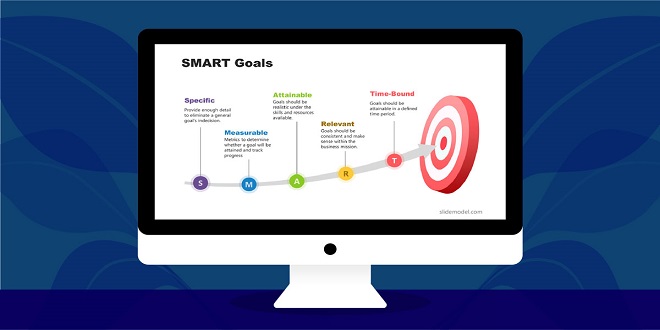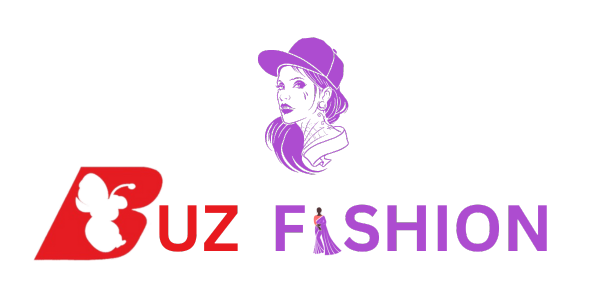Determine Whether Your Content Is Consistent with Your Goals

Does your content support both user and business goals? Many constituencies feed into a company’s digital presence: senior management, sales, marketing and PR, and customer service—to name but a few. Different divisions may be trying to achieve varying goals in “their” section of a site or blog, but fundamentally all content must gracefully serve two masters: the needs of the business and the needs of the customer.
This means, for example, that calls to action must be clear, but not so overwhelming that they get in the way of the user experience. The content audit grades content on its ability to achieve both of these goals while staying in balance.
Note Whether People Are Finding and Using Your Content
Are people finding and using the content? This is where web analytics comes into play.
- What types of content—and what pages in particular—are the most and least popular on the site in question?
- Where do users spend time, and where do they go when they leave?
- Are users taking desired actions on a page, whether clicking to buy, downloading a whitepaper, or filling out a contact form?
- What search keywords and phrases bring people to the site?
It’s not enough that content is simply there. The numbers don’t lie. They can reveal what’s working, and what’s not, and direct a strategy that supports more of the types of content users use and seek.
Verify Whether the Content Is Clean and Professional
- Is it clean and professional?
- Is page copy consistent in tone?
- Are spellings, punctuation, and grammar consistent and, above all, correct?
- Are abbreviations and acronyms standard?
- If the site has a style guide, is it being followed?
- Are images captioned in a consistent manner and properly placed/oriented on the page?
- Do hyperlinks follow any predesignated rules, such as by opening a new page in a separate browser window
Take Stock of the Content Organization
Finally, when users visit a section, do they find what they expect to? GreenCine, a Netflix competitor, offers particularly good examples of badly organized content. Take the taxonomy and navigation of the following content sections, for example. Pity the user looking for new DVDs to rent who stumbles on newsletter archives, or the seeker of a back issue of the newsletter who lands on contests and giveaways. Both the naming of links and pages, as well as the navigational structure, are woefully misleading and off-kilter.
Click on the site section “New and Coming Releases” and you land on a page named “New on DVD.” What does that page actually contain? Archives of the site’s customer newsletter—not exactly what you’d expect.
Identify Any Gaps
What are the weaknesses, gaps, and content needs? Conducting a content audit focuses so much attention on what’s there that it’s often too easy to overlook what’s not there.
Last word
This is where the rubber hits the road. It’s not enough to produce a giant spreadsheet. The goal is to define gaps and problems, as well as identify strengths and develop specific recommendations for improvement.





